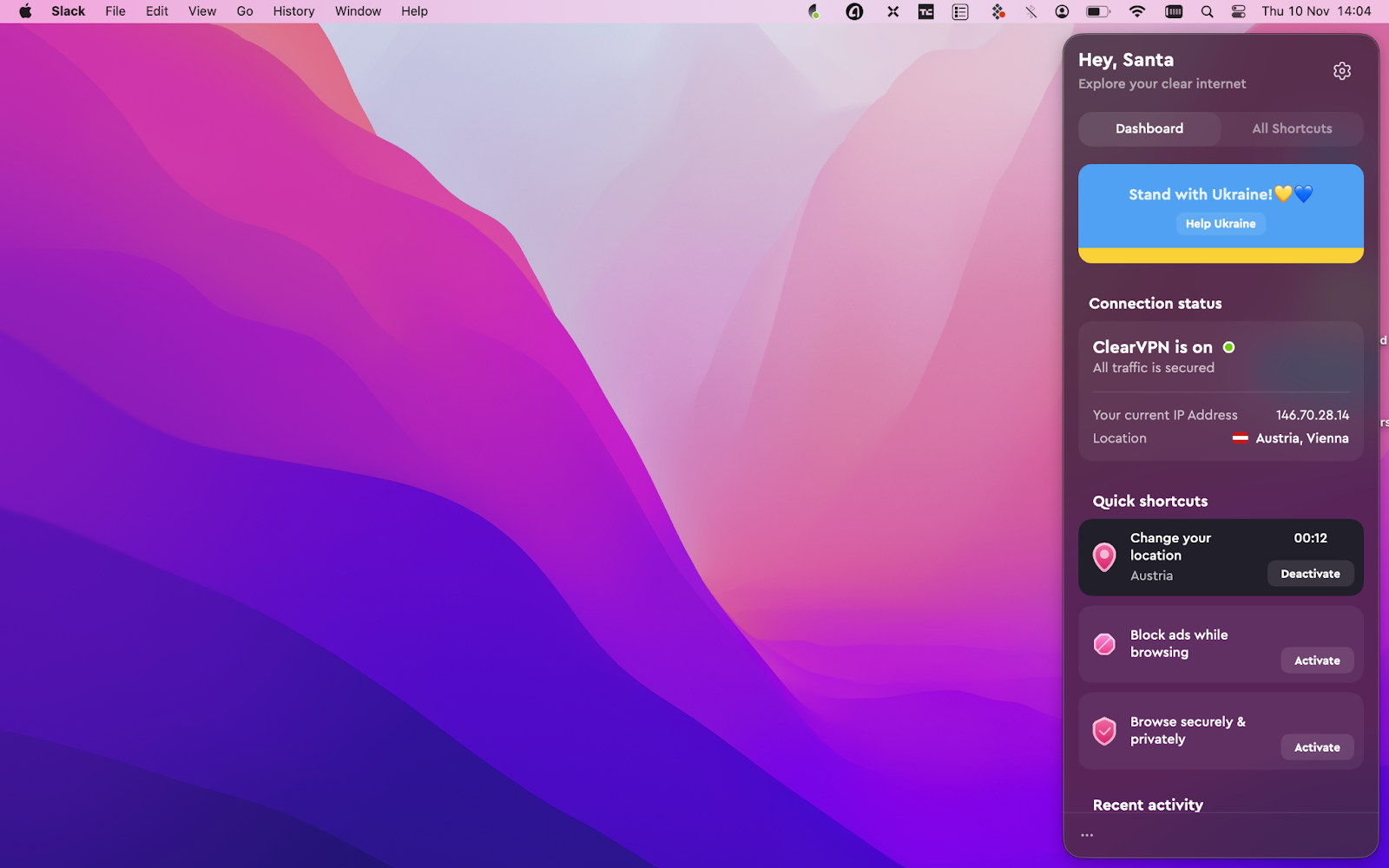

- #Check for virus on mac terminal software
- #Check for virus on mac terminal password
- #Check for virus on mac terminal download
#Check for virus on mac terminal password
You’ll then have to enter your administrator password to confirm that you know what you’re doing… If you find something associated with an application you’re trying to get rid of, though, just select it and press Command-Delete or drag it to the trash icon in your Dock.
#Check for virus on mac terminal software
For example, I know my list above contains only legitimate items all of those things are linked with software I use. apple”), so it’s fairly easy to suss out what’s useful or needed and what’s not. Filenames here typically begin with “com” followed by the developer’s company (e.g., “com.google” or “com. If you don’t know what something is, do a web search to find out before you get rid of it! If you remove something important, you might have to reinstall software to fix what you’ve done. Within this LaunchAgents folder is likely a bunch of stuff, most of which you do not want to mess with.

If you then click the “Go” button, it’ll take you to the same location as my steps above. When you see the “Go to Folder” dialog box appear, type in “ /Library/LaunchAgents,” like so: Then double-click (or just click, if your Finder is in column view) on your Mac’s drive, typically dubbed Macintosh HD…ĭouble-click on “Library,” then, and you’ll find the folder labeled “LaunchAgents.”Īnother way to do this same thing is to use Finder’s “Go to Folder” command, accessible from the “Go” menu or by pressing Shift-Command-G. So if you’d like to see your own LaunchAgents folder, start by clicking on your Desktop or on the blue smiley face in your Dock to be sure Finder is your active application, then choose Go > Computer or press Shift-Command-C. This folder contains items that run automatically when you log in to any user account on your Mac, and it’s a typical place for nefarious apps to stick files, as doing so could mean that their software will launch whenever you log in. Rebooting your Mac is often a helpful step to take, too, as doing so can sometimes flush the baddies out.īut another thing you could try is looking at what’s in your Mac’s root-level LaunchAgents folder. Then you should check your browser by looking at its installed extensions, for example.
#Check for virus on mac terminal download
If you’ve gotten some malware installed on your Mac-if, for example, you’re seeing bad pop-ups within your browser or you note that you’ve got one of the not-helpful-or-necessary “cleanup” apps installed-then a good first step to get stuff fixed is to download Malwarebytes and run a scan.


 0 kommentar(er)
0 kommentar(er)
